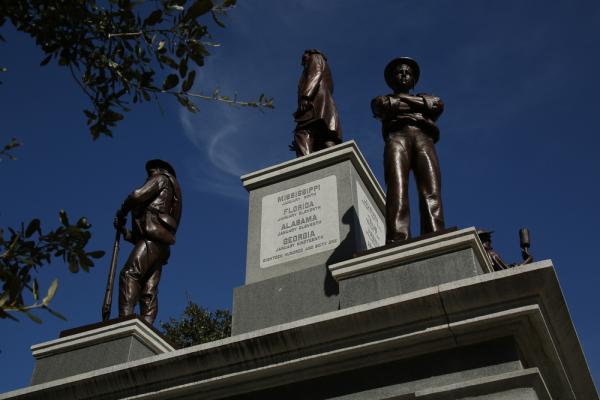Aug 24, 2017
Many people who don’t study this sort of thing for a living may feel things are moving too quickly, and as such we can fall prey to common "straw man" arguments: “First Confederate statues, then what?” and “We shouldn’t erase history.”
Read the Full Article

Already a subscriber? Login
